Thanh Hoa is a miniature image of Vietnam, with all the geographical and natural regions associated with the history of building and defending the country. Thanh Hoa is also one of the centers of the brilliant Dong Son culture. The natural conditions, human geography and history have created many profound cultural imprints for this land, of which folk songs are one of the unique genres, contributing to the brilliant folk picture of the unified and diverse Vietnamese culture.
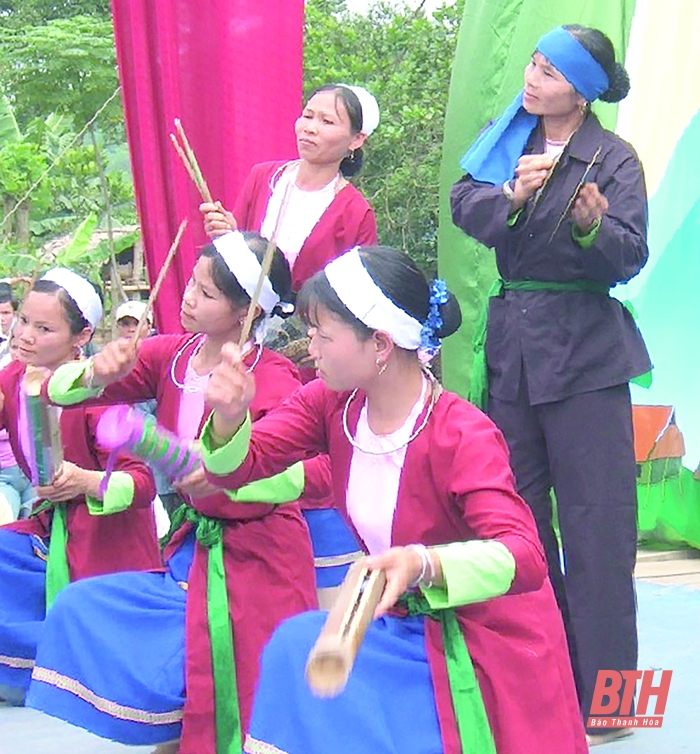
With the living area, production method associated with the community, Thanh Hoa can be divided into 3 distinct folk song regions, which are: The folk song region of ethnic minorities in mountainous areas, highlands associated with slash-and-burn cultivation and ethnic languages. In the area of 11 mountainous districts with ethnic minorities for generations, they have created unique folk song forms. Thai people (khap singing), Muong people (xuong singing, dang singing, bo meng singing...), Mong people (gau singing), Dao people (pha dung singing), Tom singing - Kho Mu folk songs, Cham do ho singing - Tho ethnic group. Among the folk songs of the 6 ethnic groups mentioned above, the folk songs of Muong and Thai people are the most typical. The folk song region of Kinh people - rice farmers, includes the plains and coastal plains districts. Typical folk songs: Ritual singing, antiphonal singing, river singing, ca tru singing, tuong singing, cheo singing, military drum singing... The Thanh Hoa plain folk song region also has sub-regions: Dong Anh folk songs, Ma river singing, Cheo chai singing, Tinh Gia singing... The coastal folk song region includes 6 coastal districts, cities, and river mouths: Nga Son, Hau Loc, Hoang Hoa, Quang Xuong, Sam Son city, Nghi Son town with typical folk song types such as male-female love songs, sea singing, river and sea route diary singing, drum singing...
Folk songs are a mirror reflecting the soul and feelings of the people and the land of Thanh Hoa, expressing the behavior of individuals and communities towards the natural and social environment in accordance with the development requirements of life. Thanh Hoa folk songs are songs of love for life, love for people, respect for morality, rich in humanity... expressing the lifestyle, the relationship between people with nature and society, towards the origin of the nation. Preserving and promoting the value of Thanh Hoa folk songs aims to promote the good, the beautiful, the progressive... creating value, creating the cultural identity of the Vietnamese people and the cultural nuances of Thanh Hoa province.
Over thousands of years of history, generations of people in Thanh Hoa have created many unique folk songs. In particular, Thanh Hoa folk songs have condensed historical values, community cohesion, aesthetic ethics, culture - art and values of behavior towards nature.
Thanh Hoa folk songs are the crystallization of historical values. Culture reflects the reality of life through each historical period. Thanh Hoa is an open land, always exchanging and acculturing with countries in the region and the world. Although influenced and acculturated by Chinese and Indian culture, Thanh Hoa folk songs still preserve traditional values and indigenous nuances, while accepting and selecting new and progressive things to enrich what is already there, meeting the spiritual needs of many generations of Vietnamese people in Thanh Hoa. Through folk songs, the masses, especially the young generation, understand the origin of the Vietnamese people and the people of Thanh Hoa from the dawn of the country and throughout thousands of years of building and defending the country.
Thanh Hoa is a land that bears the imprint of the national cultural source, folk songs follow the cultural flow from the Central Highlands and remain in the green mountains and blue waters of Thanh Hoa province. Folk songs are a mirror reflecting the history of the formation of the land, the ethnic group, the way of life and the struggle, the struggle with the harsh nature and society to stand firm and survive of Thanh Hoa residents throughout the history of building and defending the country.
Thanh Hoa folk songs have profound social and humanistic meanings and strong community cohesion. That strong bond is shown in daily work, from pushing the boat to leave the dock, pounding rice, lulling children to sleep, men and women talking to each other... in the relationship between the boat owner and the "boat men", between the boat owner and the boat men. During the journey along the Ma River, whenever the boat runs aground, the call is the command for everyone to join forces to bring the boat over the reefs and whirlpools to a safe dock. That bond is also shown in the work of hauling wood, building houses, fishing... requiring the joint efforts of everyone, the joint efforts of rowers in rowing and boat racing. From the chant, the push, one person chants, many people respond, all combine and ignite a fire, multiplying the strength of solidarity of thousands of people and the whole community to overcome difficulties, making life better and better.
Thanh Hoa folk songs also always look back to the nation's roots, expressing the morality of "remembering the source of water when drinking", expressing gratitude to those who have contributed to protecting and building the country in general, and Thanh Hoa in particular, such as: "Tung Son's sun blends with the clouds/ The ancient traces of Ba Trieu shine brightly in history" and "The highest is Lam Son mountain/ With Mr. Le Loi in a thousand steps out"...
In the thoughts and feelings of Thanh people, they always entrust their faith and aspirations to the national heroes and the gods who have contributed to protecting and building their homeland and country. In the minds of the people of Thanh, the heroes with and without names and the gods always exist in the songs of gratitude, in the songs of worship, accompanying them in their livelihood, sharing the simple joys of the people and sharing their worries and hardships, being a spiritual support, multiplying the strength and courage of the people, helping them to stand firm on the difficult and arduous path of life.
Through folk songs created and expressed in life, activities and artistic rituals such as festivals, performances, games... forms of worship, singing to worship gods, singing in festivals, it is a favorable environment to give rise to, create and transmit unique folk art values to each village and to each person, helping them feel the goodness, beauty and value of folk songs.
Singing to worship gods, singing with poles, singing combined with lantern dancing... are common forms of ritual singing in every occasion of worshiping gods. Ritual singing is a form in which villagers use the art of lyrics, musical instruments, and beats to express their feelings, gratitude, and respect in a sacred space of the whole community towards the gods who protect them in life. In the festival, there are also operas, sea and river singing, male-female antiphonal singing; skillful competitions such as boat racing, basket shaking, wrestling, swinging, walking on stilts, squid fishing, hitting the mat, weaving nets, patching the rai... taking place vibrantly, it is a "stage" with a large scale, open space, everyone participates in creating, performing, and enjoying culture equally, together multiplying the joy of empathy. Folk song genres in religious activities and festivals in rural villages have inspired and shaped artistic values with entertainment, education and aesthetic functions, building people to be increasingly perfect in body and soul.
Regarding the value of behavior towards nature, folk songs are one of the cultural elements of social consciousness, reflecting the awareness and expression of human behavior towards nature and society, thereby gradually forming values that help people communicate and behave with the world around them in a beneficial and humane way.
Villagers have been living in the mountainous and river environment for generations. They consider “the ocean as their mother, the sail as their father”, “living thanks to the forest, dying thanks to the forest”... They are aware of the great benefits of forestry and aquatic resources that mountains, forests, fields, rivers and seas bring to the lives of each person. Through experience, they gradually accumulate valuable experiences in their livelihood and the challenging journey in the living environment. They observe: “Looking at the sky, looking at the land, looking at the clouds/ looking at the rain, looking at the sun, looking at the day, looking at the night” to find the laws of nature, the sea, the sky, the rivers and water, working hard “Eating rice by lamplight, planting rice under the moonlight”, and then wishing that their efforts will be rewarded in a season of warmth, prosperity and happiness: “When the rice is ripe and the flowers are golden/ So I can go harvest it for you to bring rice”...
Over time, Thanh Hoa folk songs have crystallized into values, expressing the personality, soul, and feelings of each person here. Thanh Hoa folk songs have been preserved and promoted in life, contributing to spreading fragrance and color to the folk song garden of the nation; they are the luggage and motivation to help Thanh people strive to build an increasingly prosperous and happy life.
Article and photos: Hoang Minh Tuong
Source



![[Photo] Phuc Tho mulberry season – Sweet fruit from green agriculture](https://vstatic.vietnam.vn/vietnam/resource/IMAGE/2025/4/10/1710a51d63c84a5a92de1b9b4caaf3e5)



![[Photo] Prime Minister Pham Minh Chinh chairs meeting to discuss tax solutions for Vietnam's import and export goods](https://vstatic.vietnam.vn/vietnam/resource/IMAGE/2025/4/10/19b9ed81ca2940b79fb8a0b9ccef539a)
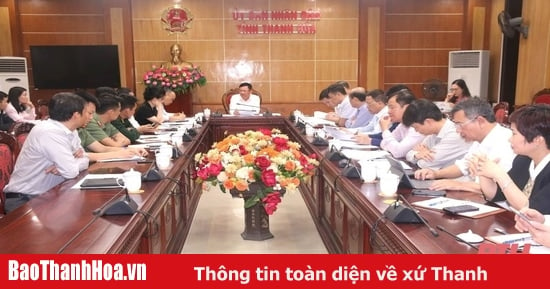

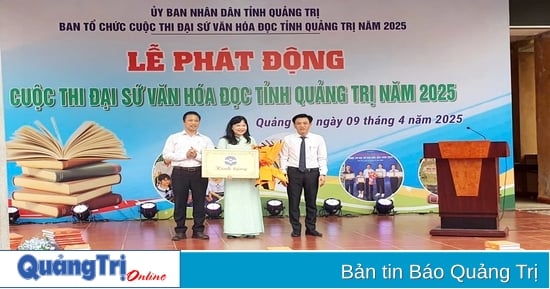
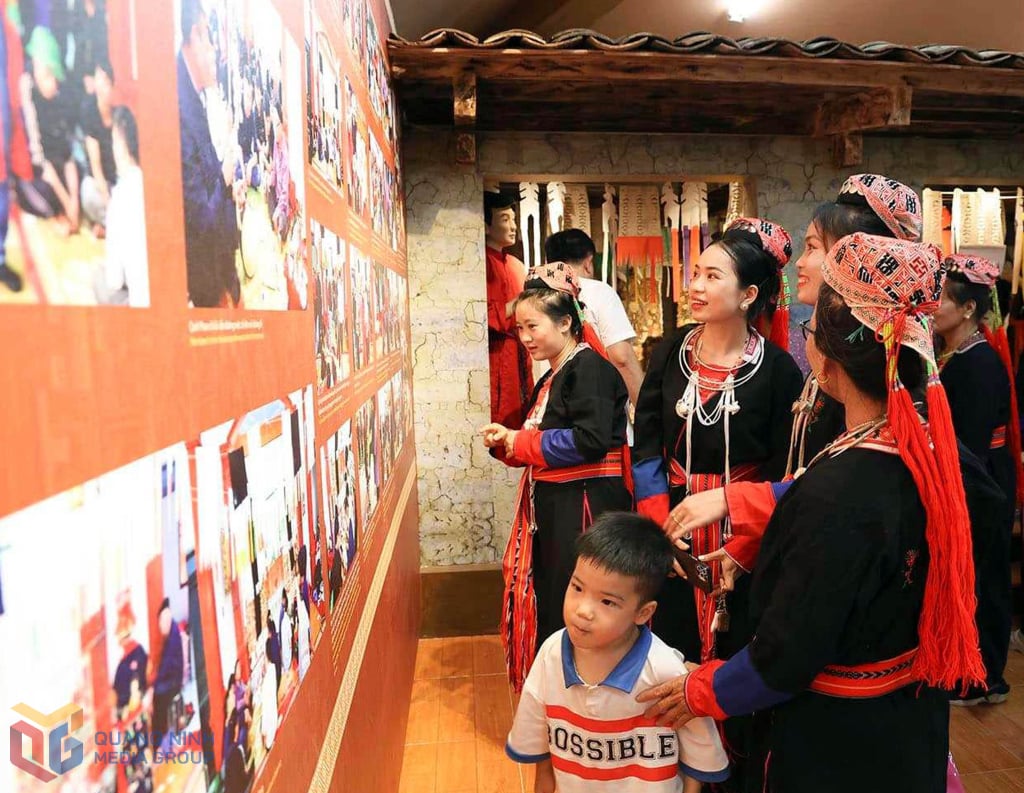

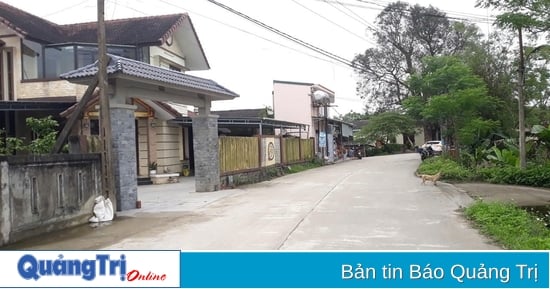


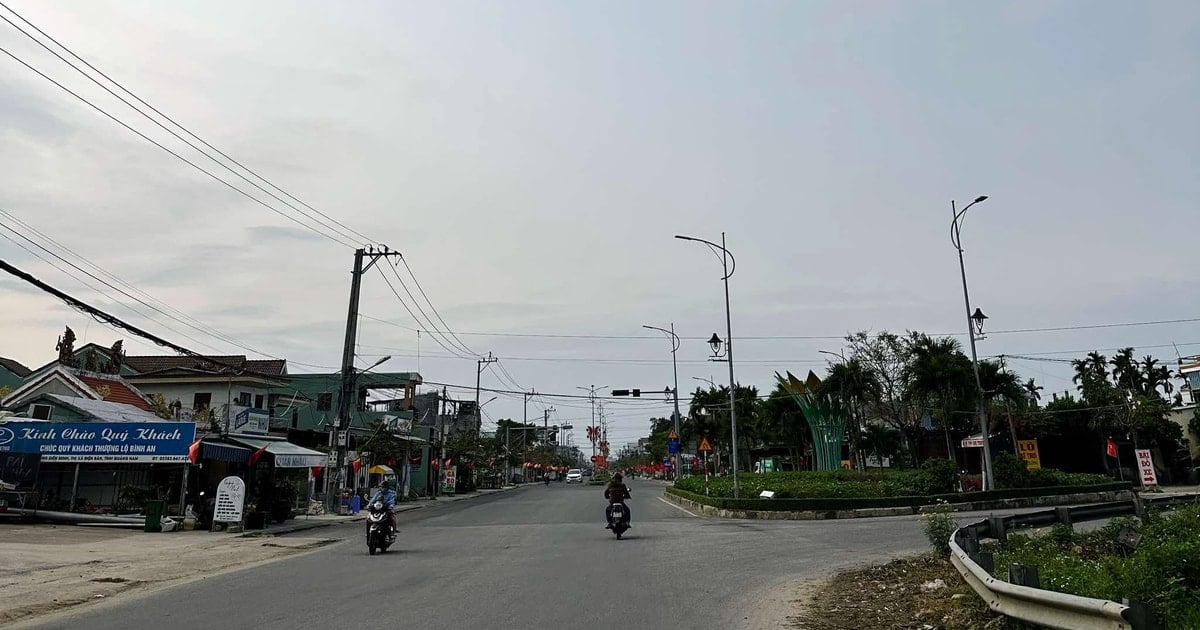
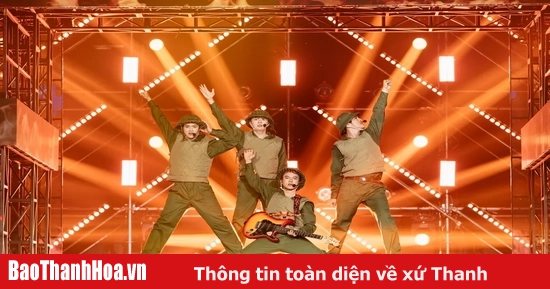

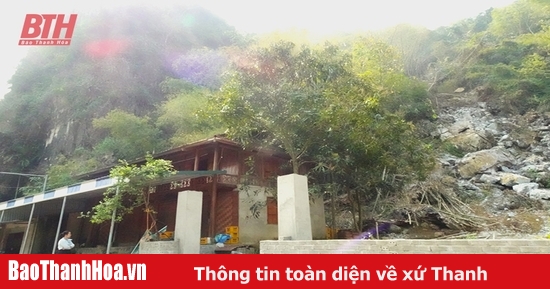
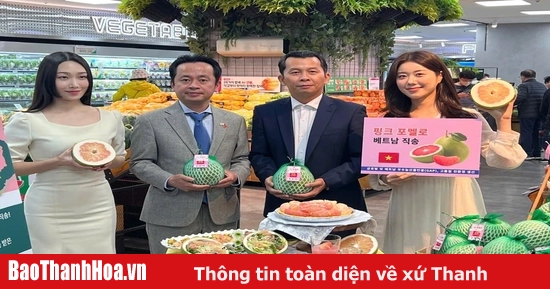

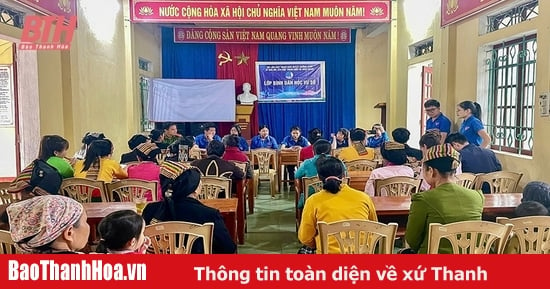




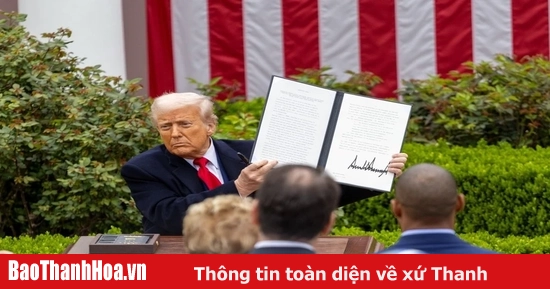
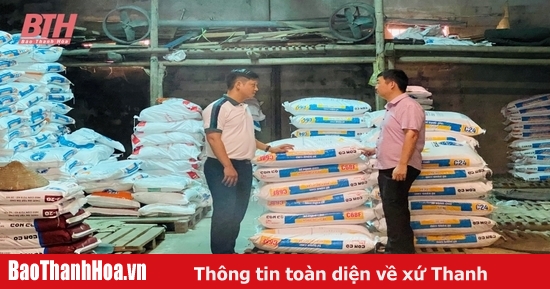
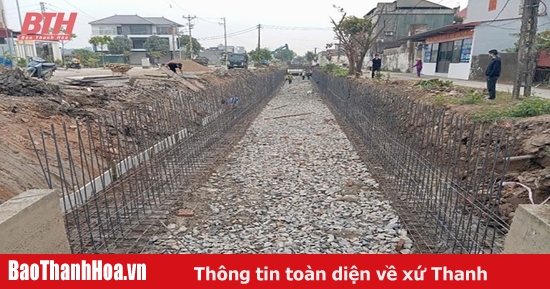

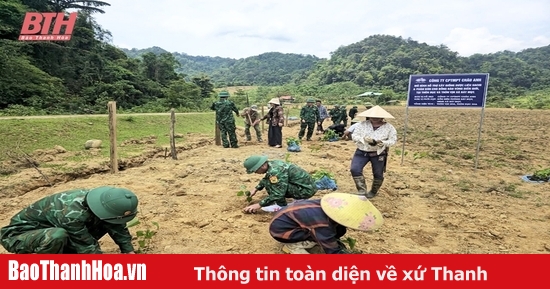
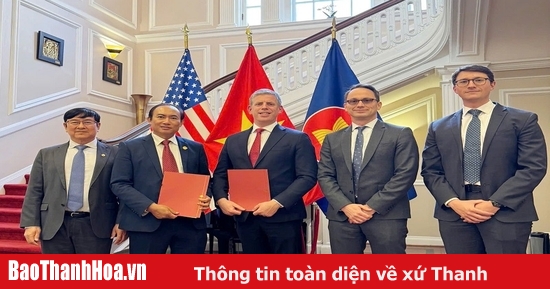
![[Photo] Unique folk games at Chuong Village Festival](https://vstatic.vietnam.vn/vietnam/resource/IMAGE/2025/4/10/cff805a06fdd443b9474c017f98075a4)









































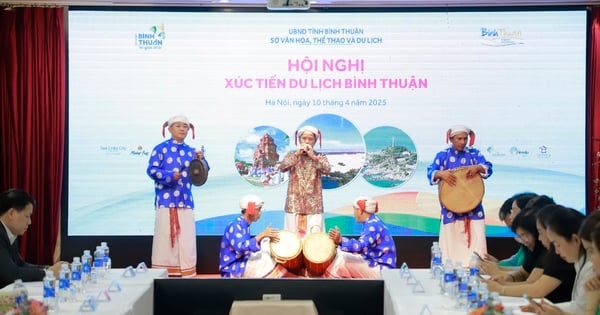

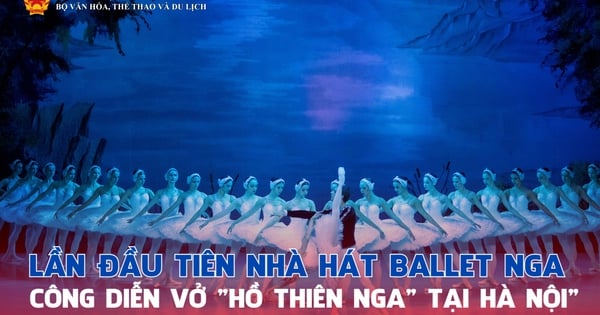









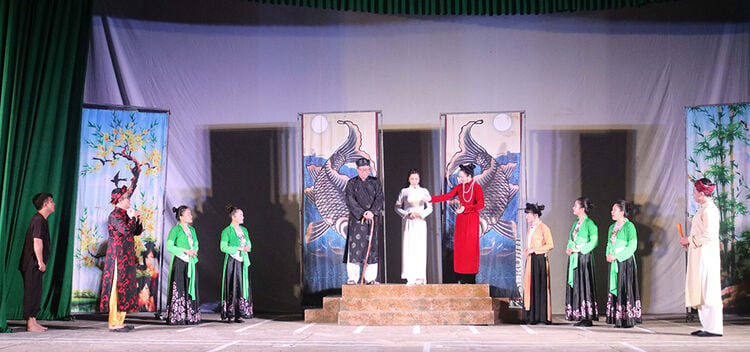

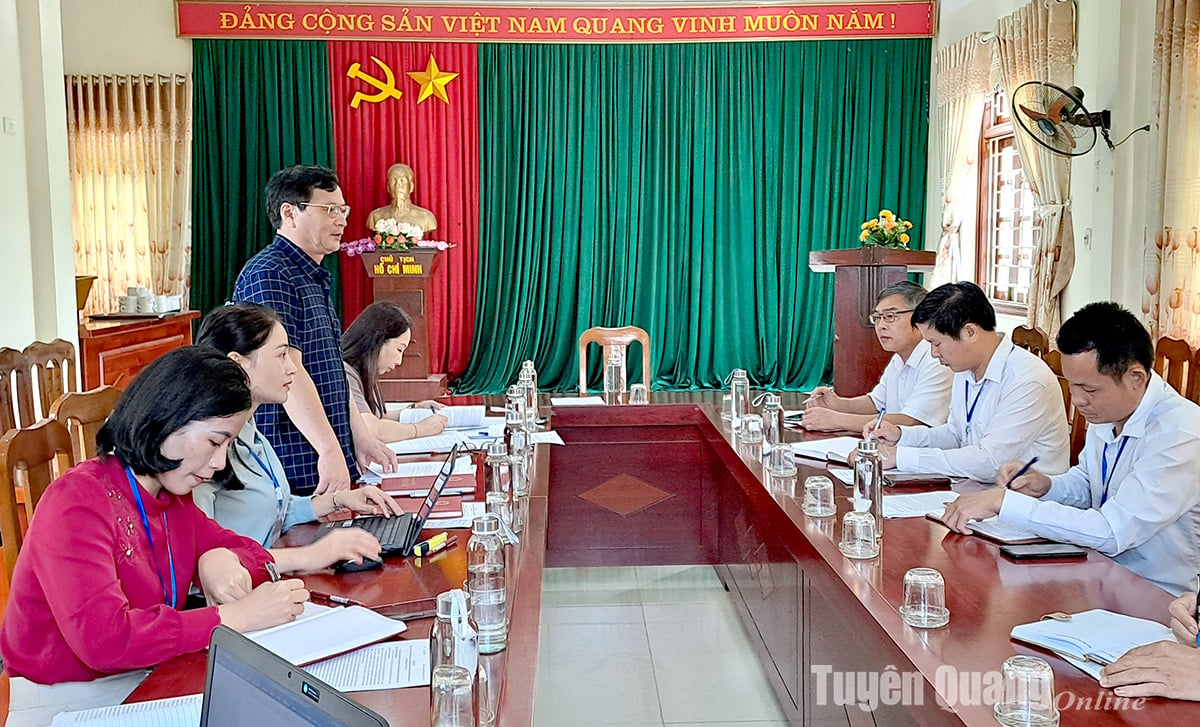


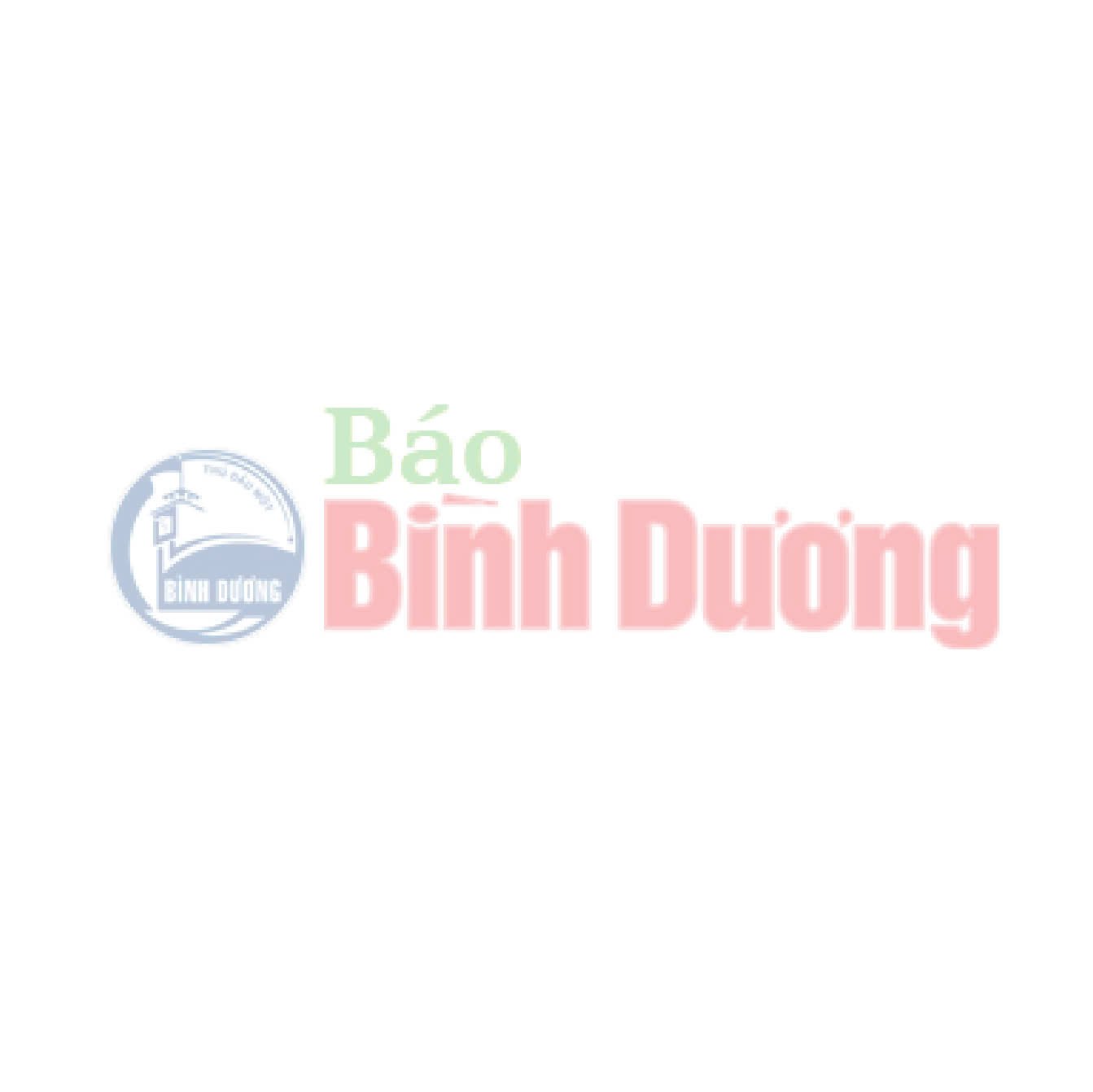









Comment (0)